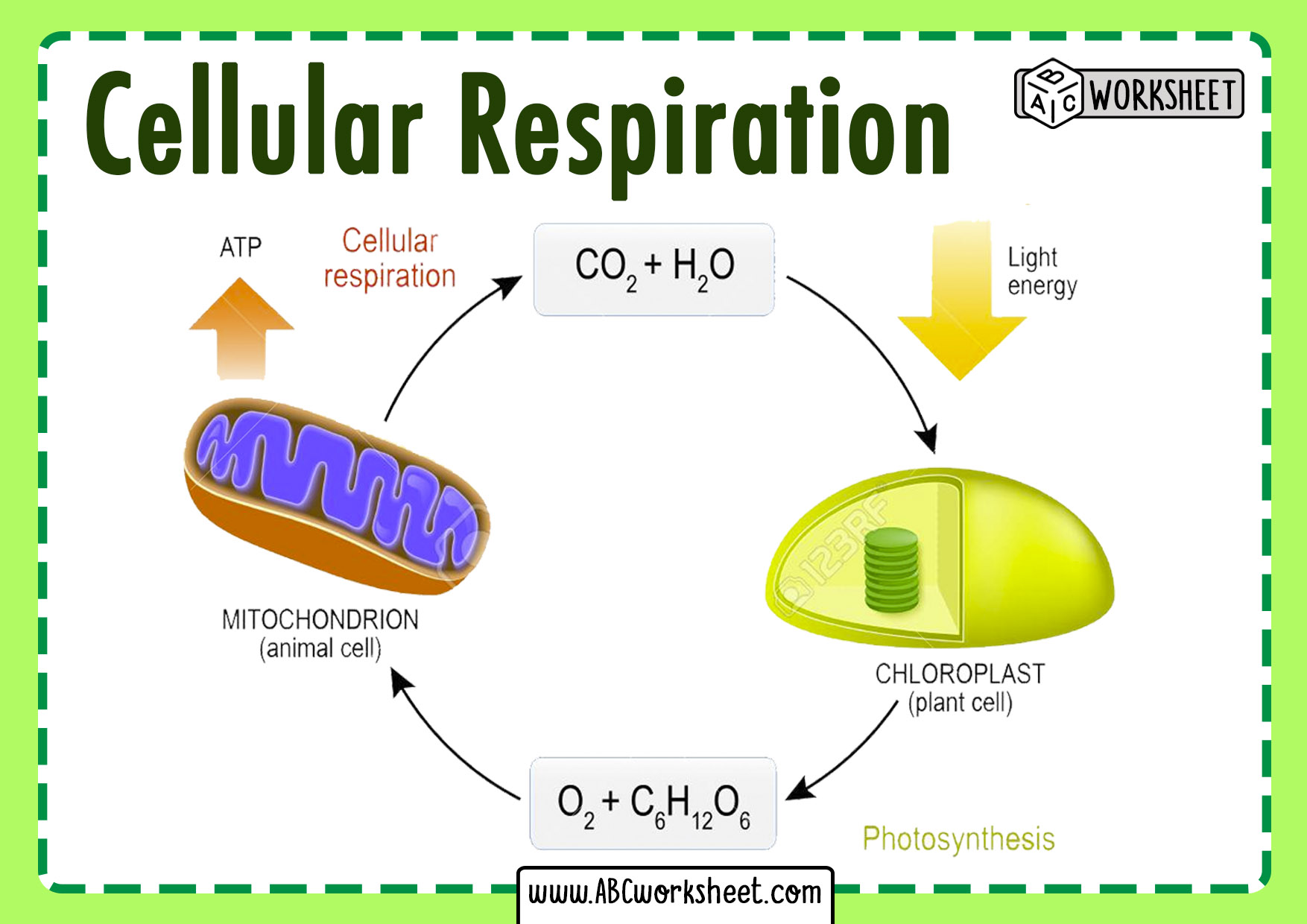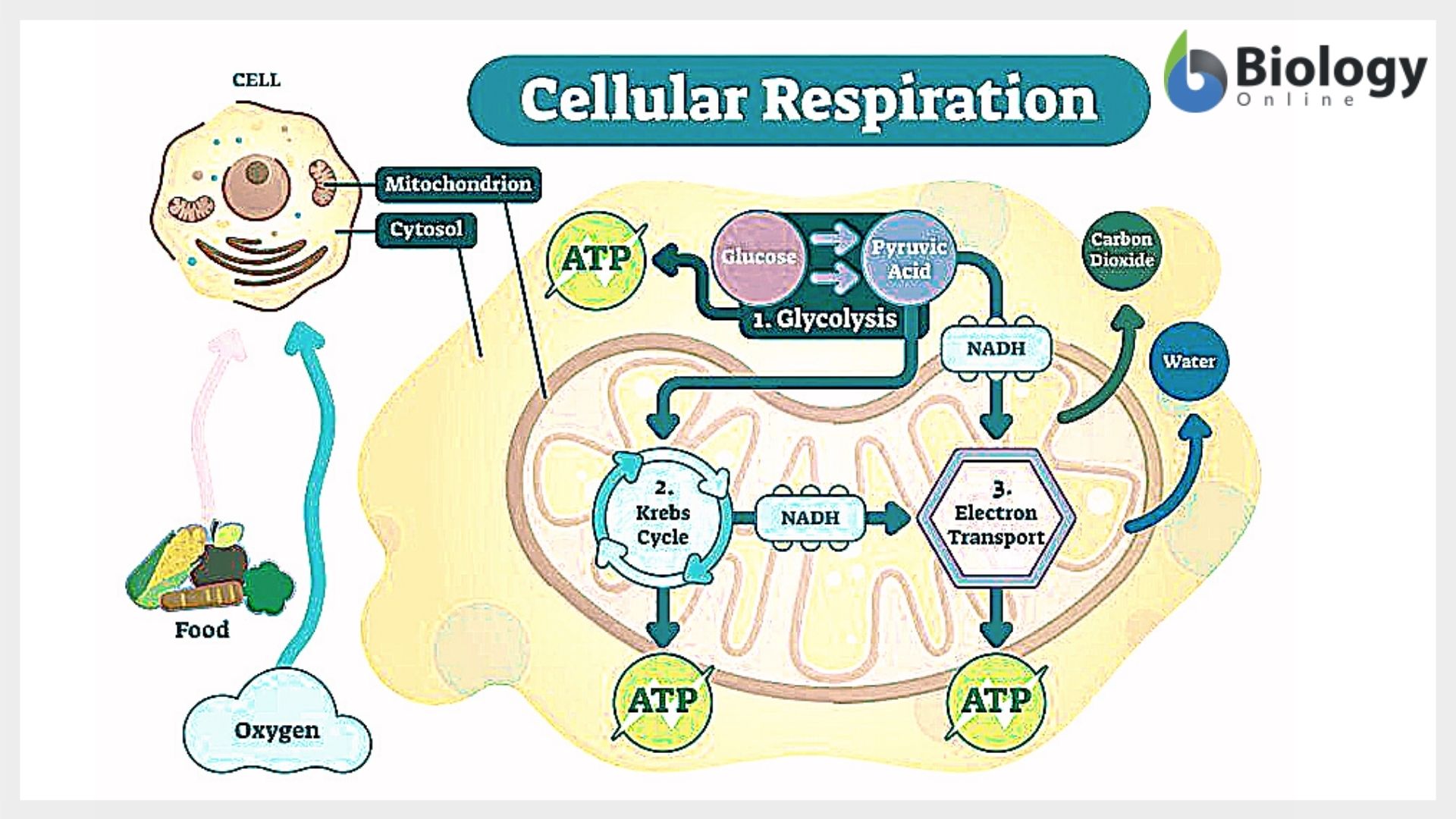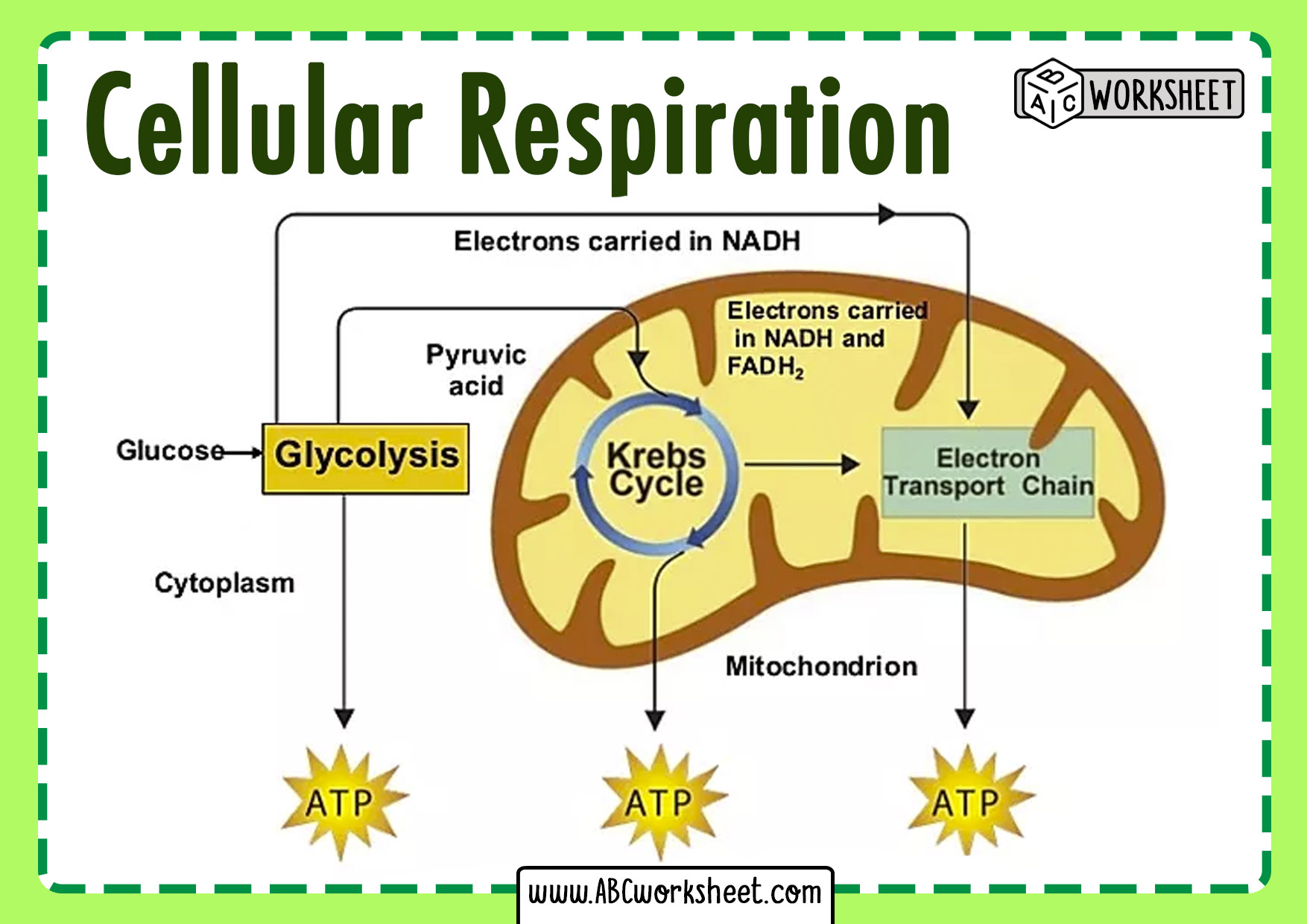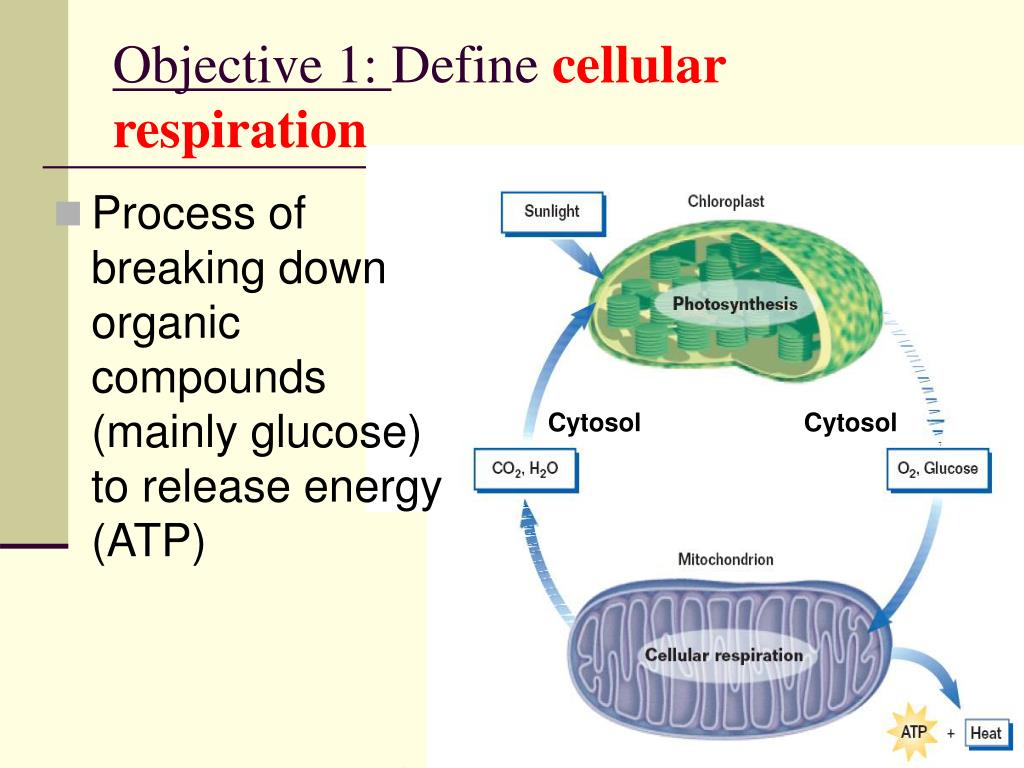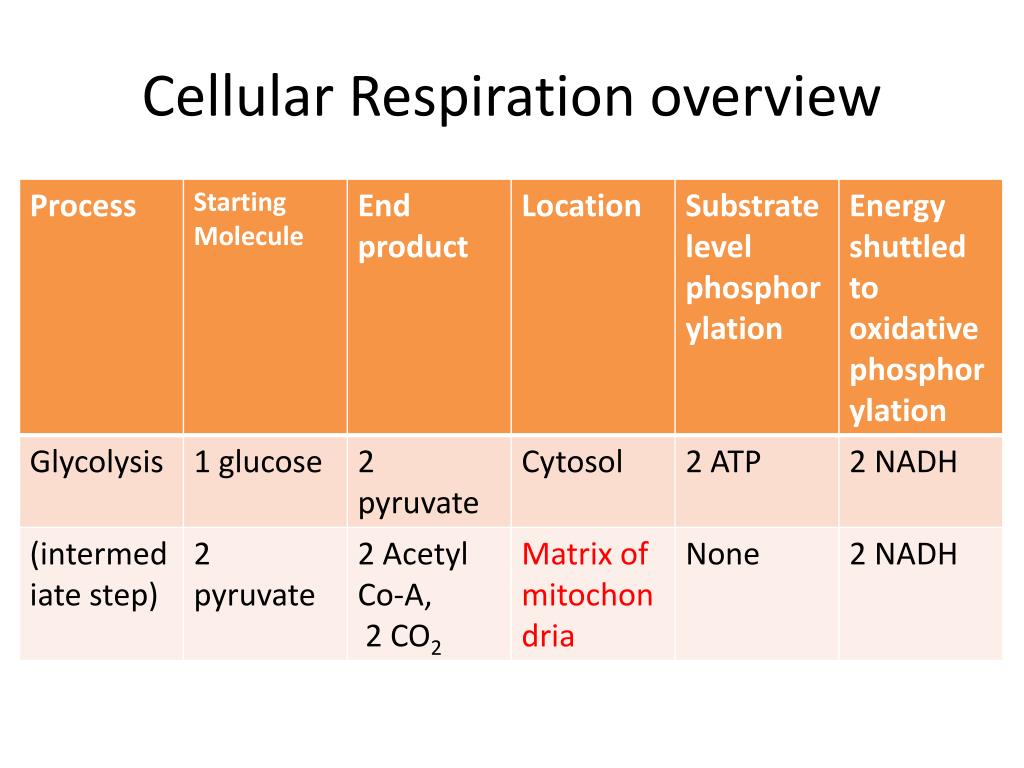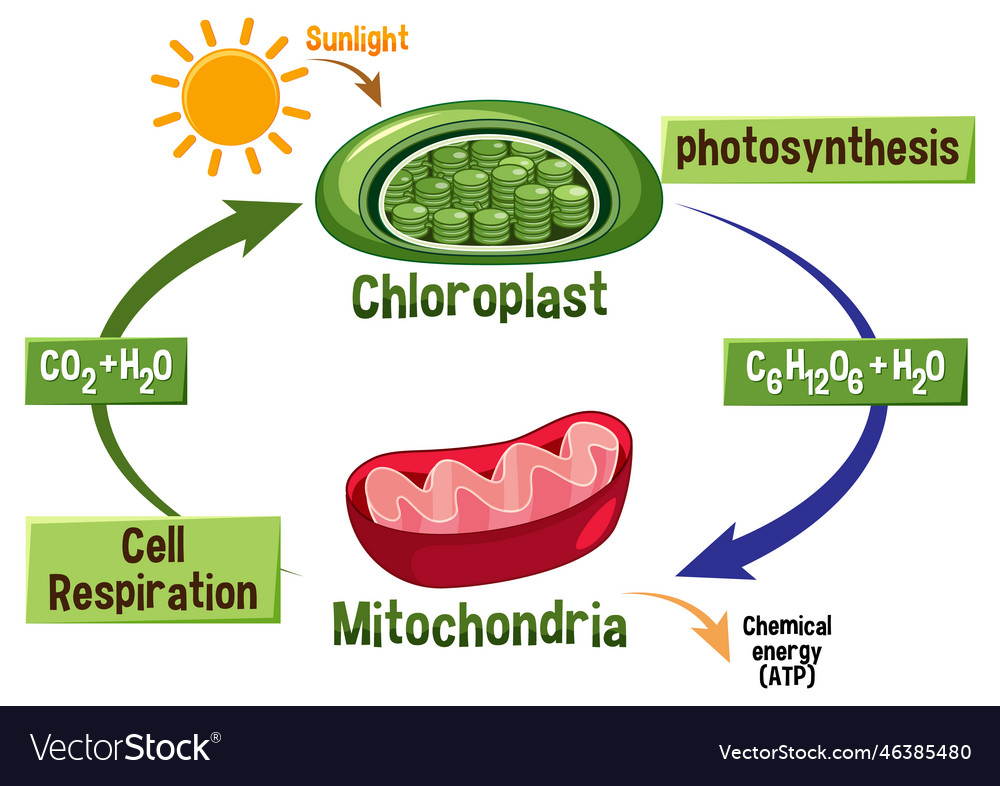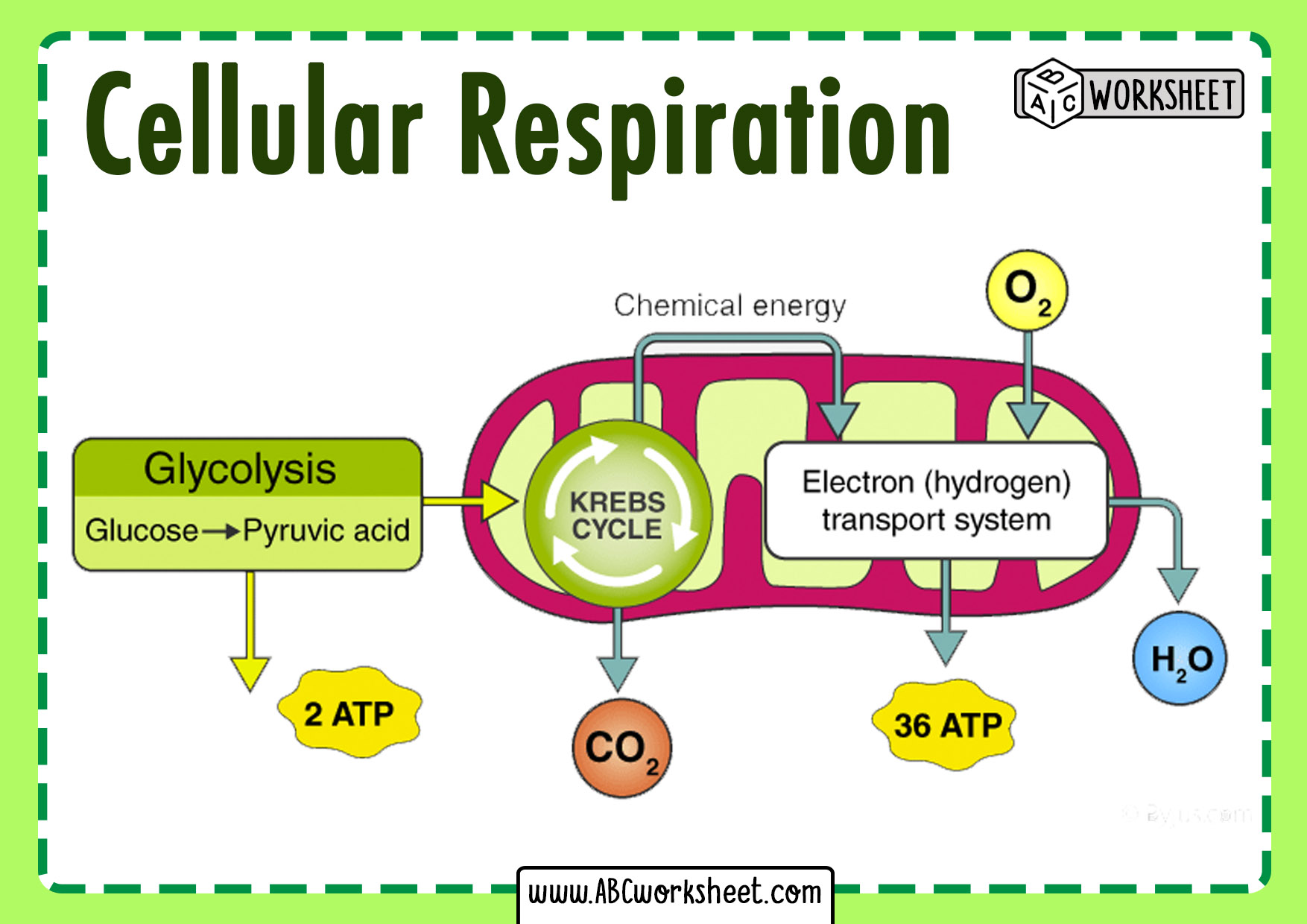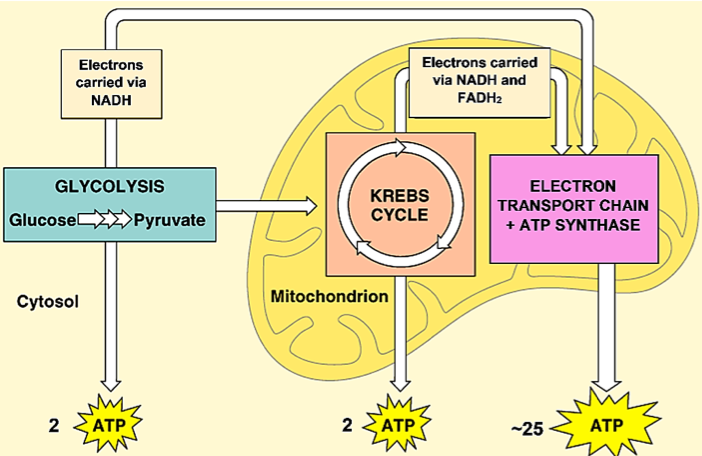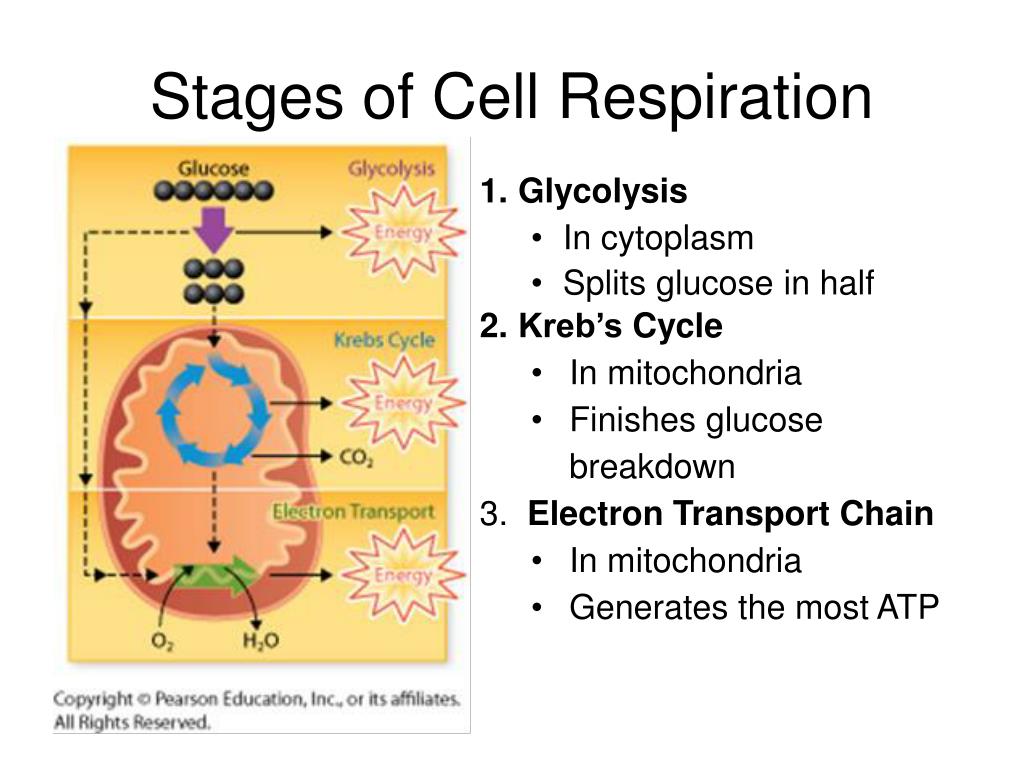Which Of These Are By Products Of Cellular Respiration

In the intricate dance of life, cellular respiration stands as a fundamental process, fueling organisms from the smallest bacteria to the largest whales. But what exactly are the remnants of this vital energy-generating engine? Identifying the byproducts of cellular respiration is critical not only for understanding basic biology, but also for appreciating its influence on larger ecosystems and even our own health.
This article delves into the science behind cellular respiration, meticulously examining its inputs and outputs. We will unravel the mystery of what's left behind after cells extract energy from glucose. Our exploration aims to provide a clear understanding of cellular respiration's byproducts and their significance.
The Core of Cellular Respiration
Cellular respiration, at its core, is a metabolic pathway that breaks down glucose (a sugar) in the presence of oxygen. The process releases energy stored in the glucose molecule. This energy is captured in the form of ATP (adenosine triphosphate), the cell's primary energy currency.
The overall chemical equation for aerobic cellular respiration is: C6H12O6 + 6O2 → 6CO2 + 6H2O + Energy (ATP). This equation reveals the core inputs and outputs of the process.
Defining Byproducts
A byproduct is a secondary product generated during a main reaction. In cellular respiration, the main product is ATP. Therefore, other substances produced during glucose breakdown are classified as byproducts.
Identifying the Byproducts
Based on the chemical equation, the clear byproducts of cellular respiration are carbon dioxide (CO2) and water (H2O). While ATP is the primary energy-carrying molecule produced, CO2 and H2O are the inevitable results of glucose oxidation.
Let's examine each byproduct in more detail.
Carbon Dioxide (CO2)
Carbon dioxide is produced during several stages of cellular respiration, primarily in the Krebs cycle (also known as the citric acid cycle). This cycle occurs within the mitochondria of eukaryotic cells.
CO2 is released as a waste product into the bloodstream in animals. Plants, in turn, use CO2 during photosynthesis to produce glucose and oxygen.
Water (H2O)
Water is generated during the electron transport chain, the final stage of aerobic cellular respiration. This stage also takes place within the mitochondria.
Electrons are passed down a series of protein complexes. Finally, they combine with oxygen and hydrogen ions to form water.
The Fate of Byproducts
Understanding where these byproducts go after they're produced is essential. CO2 and H2O play crucial roles in various biological processes.
Carbon Dioxide's Journey
In animals, CO2 is transported from the cells to the lungs via the bloodstream. It is then exhaled out of the body.
In plants, some of the CO2 generated is re-used in photosynthesis. The rest is released into the atmosphere.
Water's Role
Water produced during cellular respiration contributes to the cell's overall water balance. It participates in various biochemical reactions within the cell.
Some of the water may be excreted as waste. However, it can also be utilized in other metabolic processes in animals.
Anaerobic Respiration Considerations
It's important to consider anaerobic respiration, a process that occurs when oxygen is limited or absent. While the primary goal remains the same – ATP production – the byproducts differ.
In many bacteria and yeast, anaerobic respiration (fermentation) produces ethanol and CO2. In animal muscle cells, lactic acid is produced during strenuous activity when oxygen supply is insufficient.
Misconceptions and Clarifications
Often, heat is mistakenly considered a byproduct of cellular respiration. While heat is released during the process, it is more accurately described as energy that is not captured as ATP.
Heat is a consequence of the inefficiencies inherent in energy transfer processes. It's a natural phenomenon, but not a directly intended product like CO2 and H2O.
The Significance of Byproducts
The byproducts of cellular respiration, though seemingly simple, play a major role in global cycles. Carbon dioxide, for instance, significantly influences the Earth's climate.
The balance between carbon fixation (photosynthesis) and carbon release (cellular respiration) is critical for maintaining a stable environment. Human activities, like burning fossil fuels, have disrupted this balance, leading to increased atmospheric CO2 levels.
Understanding the fate of metabolic byproducts such as H2O and CO2 is important for appreciating the interconnectedness of life on Earth.
Future Research and Implications
Research continues to explore the intricate details of cellular respiration and its byproducts. Scientists are examining how different environmental conditions affect the efficiency of respiration and the quantity of byproducts produced.
This knowledge can be applied to areas such as biofuels production. Modifying organisms to optimize for specific byproducts is useful.
Furthermore, understanding how cellular respiration varies in different tissues and disease states could lead to novel therapeutic strategies. Targeting cellular respiration pathways in cancer cells, for example, is an active area of research.
Conclusion
In conclusion, the primary byproducts of cellular respiration are indeed carbon dioxide and water. These substances are not merely waste; they are integral components of larger biogeochemical cycles, playing crucial roles in maintaining life on Earth.
By grasping the fundamental inputs, outputs, and byproducts of cellular respiration, we gain a deeper appreciation for the complexities and interdependencies of the biological world. This knowledge also empowers us to address critical environmental and health challenges effectively.






:max_bytes(150000):strip_icc()/cellular_respiration-8fcc3f1ad3e54a828dabc02146ce4307.jpg)
![Which Of These Are By Products Of Cellular Respiration [LS2-3] Energy and Matter Cycles | Biology Dictionary](https://biologydictionary.net/wp-content/uploads/2020/04/Photosynthesis-and-Cellular-Respiration.jpg)
